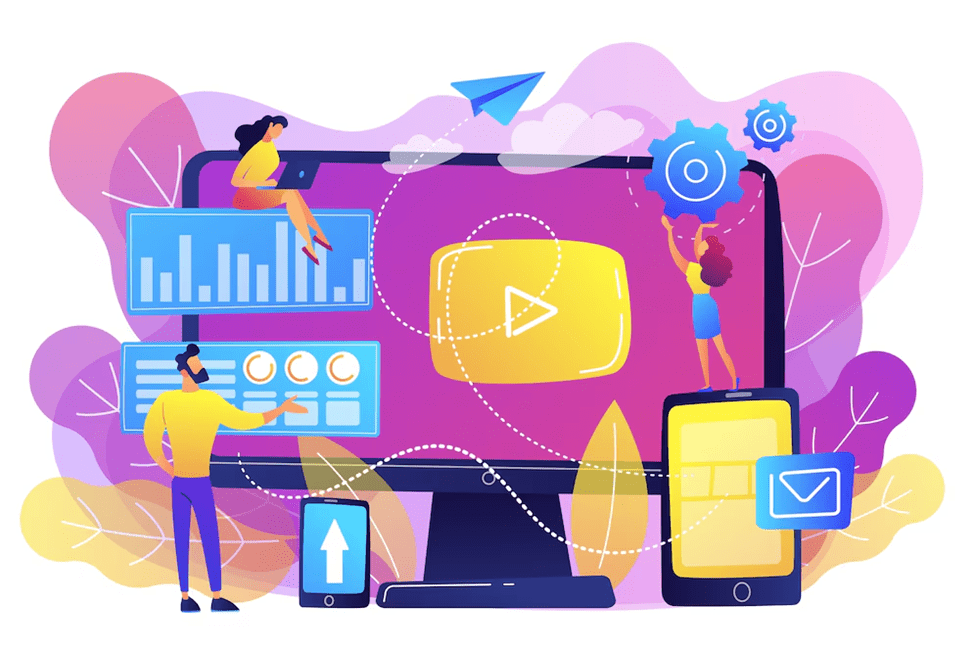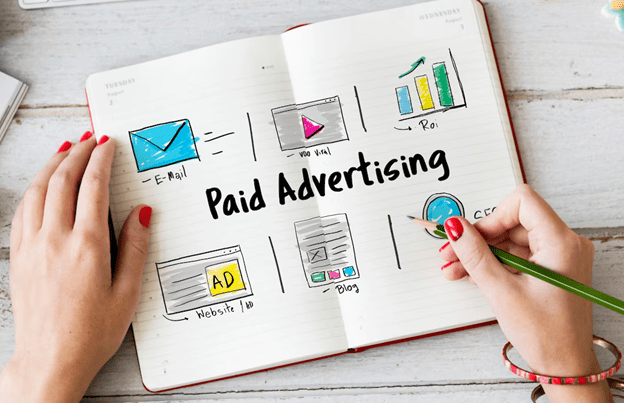When you’re running a Google Ads campaign, getting your ad in front of the right audience at the right time isn’t just about outbidding everyone else. It’s about quality—specifically, your ad’s auction-time ad quality. But which three factors impact a search ad’s auction-time ad quality? Google has pinpointed ad relevance, expected click-through rate (CTR), and landing page experience as the key players in this game. Understanding and optimizing these factors can mean the difference between a top ad spot and a wasted budget.
In this blog, we’ll dive deep into which three factors impact a search ad’s auction-time ad quality, explain how they work, and share actionable strategies to improve them. Whether you’re new to Google Ads or looking to refine your approach, this guide will help you master the auction and boost your campaign’s performance. Let’s get started!
Why Auction-Time Ad Quality Is a Game-Changer
Before we unpack which three factors impact a search ad’s auction-time ad quality, let’s set the stage. In Google Ads, your Ad Rank determines where your ad appears and how much you pay per click. Ad Rank is a combination of your bid and your auction-time ad quality—a real-time score calculated for every search. Unlike the static Quality Score in your dashboard, this metric is dynamic and directly affects your results.
A high auction-time ad quality score can:
- Land you a prime ad position even with a modest bid.
- Lower your cost-per-click (CPC), maximizing your budget.
- Increase clicks and conversions, driving better ROI.
So, which three factors impact a search ad’s auction-time ad quality? Let’s explore them one by one.
Factor 1: Ad Relevance
What Is Ad Relevance?
Ad relevance is all about how closely your ad matches the user’s search intent. If someone searches “buy organic coffee beans,” an ad for “synthetic motor oil” isn’t relevant. Google evaluates your keywords, ad copy (headlines and descriptions), and the search query to determine alignment.
How It Shapes Auction-Time Ad Quality
- User Experience: Relevant ads satisfy searchers, aligning with Google’s user-first philosophy.
- Ad Rank Boost: High relevance can elevate your ad’s position without increasing your bid.
- Cost Savings: More relevant ads often mean lower CPCs, as Google rewards quality.
How Google Assesses It
Google looks at:
- The match type of your keyword (exact, phrase, or broad) and its connection to the query.
- Whether your ad text reflects the user’s intent (e.g., “Organic Coffee Deals” for the above query).
- Historical data on how similar ads performed for related searches.
Optimization Tips
- Refine Ad Groups: Group tightly related keywords (e.g., “organic coffee beans” vs. “coffee makers”) to boost relevance.
- Tailor Ad Copy: Include the target keyword in your headline and description.
- Use Negative Keywords: Exclude irrelevant terms to avoid mismatched queries.
Factor 2: Expected Click-Through Rate (CTR)
What Is Expected CTR?
Expected CTR is Google’s prediction of how likely users are to click your ad when it’s shown for a specific search. It’s not your actual CTR but an estimate based on historical data, adjusted for factors like ad position and extensions.
How It Influences Auction-Time Ad Quality
- Engagement Signal: A high expected CTR tells Google your ad is compelling, boosting its quality.
- Competitive Edge: Ads with strong click potential often rank higher without needing a bigger bid.
- Efficiency: Better CTRs can lower costs and improve campaign performance.
How Google Calculates It
Google considers:
- Your ad’s past CTR for similar keywords and queries.
- Industry benchmarks and competitor performance.
- Contextual factors like device type and user location.
Optimization Tips
- Craft Compelling Headlines: Use action words, numbers, or questions (e.g., “Save 20% on Coffee Now!”).
- Add Ad Extensions: Sitelinks, callouts, and structured snippets make your ad more clickable.
- Test Variations: Run A/B tests to find the most engaging copy and refine based on results.
Factor 3: Landing Page Experience
What Is Landing Page Experience?
Landing page experience measures how useful, relevant, and user-friendly your landing page is for someone who clicks your ad. A great landing page keeps users engaged and delivers on the ad’s promise.
How It Affects Auction-Time Ad Quality
- Conversion Potential: A seamless landing page experience signals quality to Google, enhancing your ad’s score.
- Ad Rank Impact: A poor landing page can drag down your ranking, even with a high bid.
- User Trust: Satisfied visitors are more likely to convert, benefiting both you and Google.
How Google Evaluates It
Google checks:
- Relevance: Does the page content match the ad and keyword?
- Usability: Is it easy to navigate, with clear calls-to-action (CTAs)?
- Speed: Does it load quickly on all devices (use Google’s PageSpeed Insights to test)?
- Mobile-Friendliness: Is it optimized for smartphones?
Optimization Tips
- Align Content: If your ad promotes “organic coffee,” the landing page should focus on that, not generic drinks.
- Simplify Navigation: Remove clutter and highlight your CTA (e.g., “Shop Now”).
- Boost Speed: Compress images and minimize code to improve load times.
- Go Mobile: Ensure responsive design for a smooth experience on all screens.
How These Factors Work Together
Now that we’ve covered which three factors impact a search ad’s auction-time ad quality—ad relevance, expected CTR, and landing page experience—let’s see how they interplay. Imagine them as legs of a tripod: if one wobbles, the whole structure weakens. A highly relevant ad with a terrible landing page won’t rank well, just as a clickable ad with no relevance won’t satisfy users. Balance is key.
Google combines these factors into your auction-time ad quality score, which, paired with your bid, determines your Ad Rank. The better you optimize each, the more you’ll dominate auctions without breaking the bank.
Practical Steps to Improve Your Auction-Time Ad Quality
- Audit Your Campaigns: Use Google Ads’ “Keyword” and “Ads” tabs to check relevance and CTR metrics.
- Leverage Tools: Run your landing page through PageSpeed Insights and Mobile-Friendly Test.
- Iterate Constantly: Test new ad copy, refine keywords, and tweak landing pages based on performance data.
- Monitor Competitors: See what top-ranking ads are doing and adapt their strengths.
Final Thoughts: Mastering the Auction with Quality
Understanding which three factors impact a search ad’s auction-time ad quality—ad relevance, expected CTR, and landing page experience—gives you the power to outsmart the competition. By creating ads that resonate with searchers, encourage clicks, and lead to stellar landing pages, you’ll not only improve your Ad Rank but also deliver a better experience for your audience.
Start small: pick one factor, optimize it, and watch your metrics improve. Then tackle the next. With time, you’ll turn auction-time ad quality into your secret weapon for Google Ads success. Ready to take your campaigns to the top? Get optimizing today!
Wildnet Technologies is your preferred digital marketing partner in India to use AI for Google Ads because we have been in the paid ad game for more than 17 years and have quadrupled our clients’ investments!
FAQ
Q: What are the 3 factors that define the quality level of an ad?
A: The quality level of an ad is defined by its relevance to the search query, the expected click-through rate (CTR), and the landing page experience.
Q: What are the three main factors that determine ad quality?
A: The three main factors that determine ad quality are ad relevance, expected CTR, and landing page quality.
Q: What are three important determining factors of success in a Google Ads auction?
A: The key factors determining success in a Google Ads auction are ad relevance, bid amount, and expected CTR.
Q: What are the 3 main elements of a search ad?
A: The three main elements of a search ad are the headline, description, and display URL.
Read more:
How every Google Ads bid strategy helps in driving the campaign to success
All 9 Types of Google Ads Campaign Explained
10 Ways to Generate More Organic Leads Through Your Website in 2024: 5 Bonus Lead Magnets





